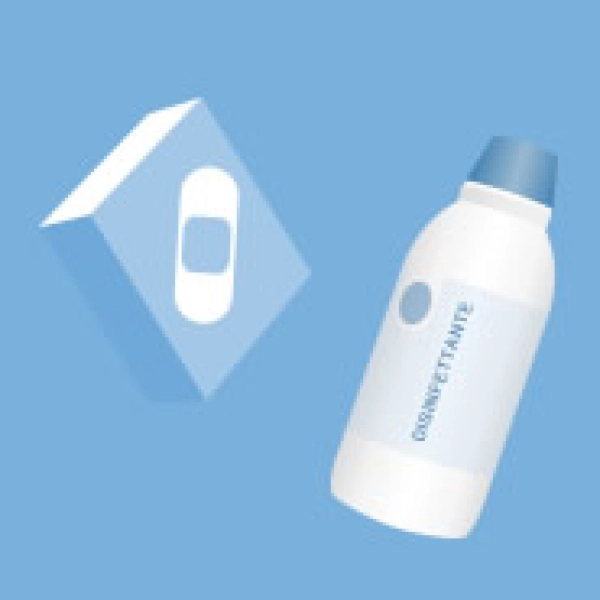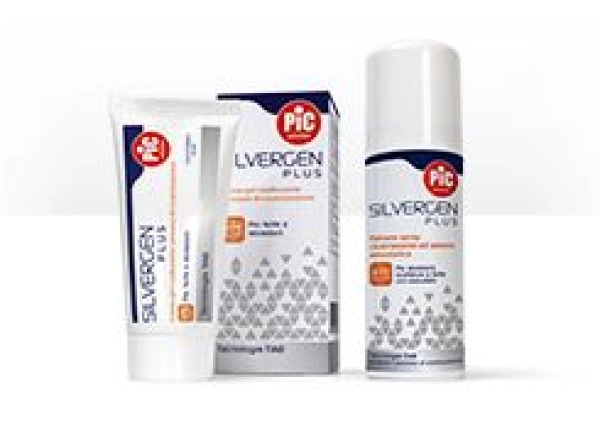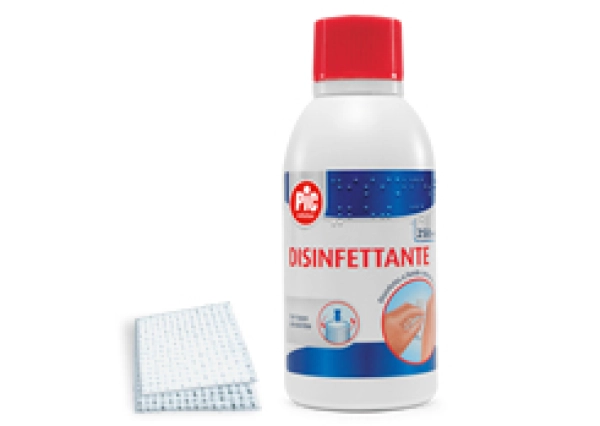

Choosing a cicatrisant may appear easy, and usually we simply opt for the one that seems most effective. That's certainly a good starting point, but you should also consider factors tied to your lifestyle. Cicatrisants are widely consumed products, often present in everyday life, and it is useful to assess their reliability and effectiveness depending on the active principles they contain. And of course, let's not forget that the products currently on the market are available in different formats and usage methods, so you may prefer alternatives more suitable to your taste and habits.
Let's start with cicatrisant creams: the ideal solution to tackle a number of small daily accidents such as wounds and scrapes, irritations and rashes even in the youngest of children. A cicatrisant cream should always be part of a first aid kit, but can also be conveniently carried in your purse. It reduces pain and discomfort, and dries quickly.
If sports are a daily passion, you can add a spray cicatrisant to the cream format: it's the most suitable option for anyone with an active lifestyle or who spends a lot of time outdoors, because it acts quickly. You don't need to apply it with your hands, so it's perfect for the beach or any summer excursion. On top of providing an effective remedy against abrasions and burns, spray cicatrisants are also used to treat wounds with exudate, where applying a cream could be painful.
Sometimes, you need a cicatrisant that is both fast acting and able to provide a protective barrier for wounds or deeper abrasions with exudate: for example for a knife cut in the kitchen or a fall off a bicycle.
In this case, the most suitable product is a cicatrisant plaster, which curtails inflammation processes and keeps hydration constant, promoting faster and safer healing and reducing the risk of infection. Among other things, cicatrisant plasters are available in a variety of formats and with anatomical shapes to adapt to more difficult parts of the body, such as knees and elbows. A convenient idea to avoid limiting mobility.
Cicatrisants can differ also depending on the technologies and active principles they leverage. For more serious wounds, for example, you need the extra strength of products based on medications - such as antibiotics - that can act directly on the wound and speed up skin regeneration. But this is true only for particular cases. For small daily accidents, it's different: scrapes, abrasions or light burns can be treated with cicatrisants that offer a protective barrier to avoid infections and favour the natural healing process of the skin.
Innovation is improving even the field of cicatrisants. For skin lesions and small everyday accidents, the market today offers products based on cutting-edge technologies such as cicatrisants containing silver and titanium oxides, which can promote the skin's natural regeneration processes and avoid the harmful action of microbes at the same time, by creating a protective film.






